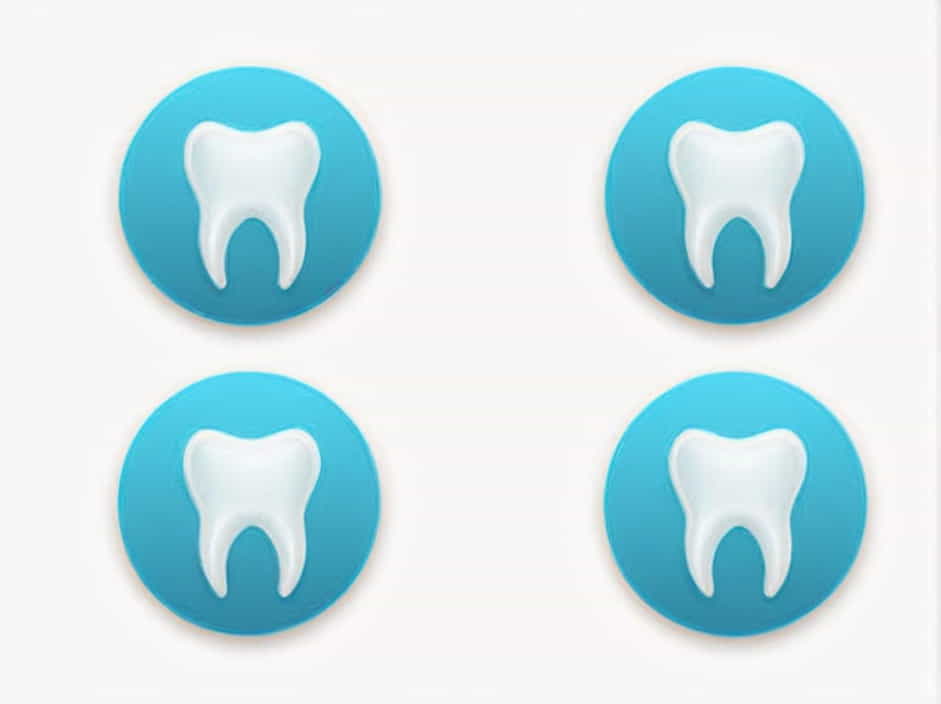The mandibular teeth receive their nerve supply primarily from the mandibular division of the trigeminal nerve (cranial nerve V3). Understanding this nerve distribution is crucial for dentists, oral surgeons, and anesthetists, as it helps in performing local anesthesia, diagnosing nerve-related dental pain, and managing oral surgical procedures.
This topic explores the nerve supply of mandibular teeth, including its anatomy, functions, clinical relevance, and common dental procedures involving nerve blocks.
Anatomy of the Mandibular Nerve (V3)
The mandibular nerve (V3) is the largest division of the trigeminal nerve (CN V) and has both sensory and motor components. It exits the skull through the foramen ovale and gives off several branches, including those responsible for innervating the mandibular teeth, gingiva, and oral mucosa.
Main Branches of the Mandibular Nerve
- Inferior Alveolar Nerve (IAN) – The primary nerve supplying the mandibular teeth.
- Lingual Nerve – Provides sensory innervation to the anterior two-thirds of the tongue and oral mucosa.
- Buccal Nerve – Innervates the buccal gingiva of the molars.
- Mental Nerve – Supplies sensation to the chin, lower lip, and anterior gingiva.
Inferior Alveolar Nerve (IAN): The Main Nerve for Mandibular Teeth
The inferior alveolar nerve (IAN) is the most important nerve for mandibular dental innervation. It travels through the mandibular foramen, runs inside the mandibular canal, and gives off branches to supply the mandibular teeth and surrounding structures.
Branches of the Inferior Alveolar Nerve
-
Dental Branches
- Supply the pulp of mandibular teeth, providing sensory information for pain, pressure, and temperature.
-
Incisive Nerve
- A terminal branch of the IAN that supplies mandibular incisors, canines, and first premolars.
-
Mental Nerve
- Exits through the mental foramen and innervates the lower lip, chin, and labial gingiva.
Nerve Supply to Different Mandibular Teeth
1. Molars (First, Second, and Third Molars)
- Supplied by posterior branches of the IAN within the mandibular canal.
- The buccal nerve provides sensory innervation to the buccal gingiva of molars.
2. Premolars
- Innervated by middle branches of the IAN.
- The mental nerve supplies the buccal gingiva of premolars.
3. Incisors and Canines
- Supplied by the incisive branch of the IAN.
- The mental nerve innervates the labial gingiva and lower lip.
Clinical Significance of Mandibular Nerve Supply
1. Local Anesthesia for Mandibular Teeth
Understanding the nerve supply of mandibular teeth is essential for effective local anesthesia in dental procedures. The most common nerve blocks include:
Inferior Alveolar Nerve Block (IANB)
- Used for mandibular molars, premolars, canines, and incisors.
- Injection is given near the mandibular foramen on the medial side of the ramus.
- Also anesthetizes the mental nerve (affecting the lower lip and chin).
Mental Nerve Block
- Used for procedures on anterior mandibular teeth, lower lip, and labial gingiva.
- Injection is given near the mental foramen.
Buccal Nerve Block
- Used for procedures involving the buccal mucosa of molars.
- Injection is given in the cheek region near the buccinator muscle.
2. Dental Pain and Nerve Disorders
- Inferior Alveolar Neuralgia: Chronic pain due to nerve compression or trauma.
- Paresthesia: Numbness or tingling in the lower lip and chin, often caused by nerve damage during dental procedures.
- Referred Pain: Pain from mandibular teeth may sometimes be felt in the ear, jaw, or head due to the shared trigeminal nerve pathways.
3. Wisdom Tooth Extraction and Nerve Injury
- The inferior alveolar nerve runs close to the roots of the third molars (wisdom teeth).
- Surgical extraction of impacted molars carries a risk of temporary or permanent nerve damage, leading to numbness or altered sensation in the lower lip and chin.
Nerve Supply and Common Dental Procedures
1. Root Canal Therapy
- Mandibular molars and premolars require a properly placed IAN block for painless root canal procedures.
- Incisors and canines may require an incisive nerve block.
2. Tooth Extraction
- IANB and buccal nerve block are needed for mandibular molar extraction.
- Mental nerve block is effective for incisors and canines.
3. Dental Implants
- Proper assessment of nerve positioning using CBCT scans is crucial to avoid nerve damage during implant placement.
- The inferior alveolar nerve must be considered when placing posterior implants.
The nerve supply of mandibular teeth is primarily controlled by the inferior alveolar nerve (IAN), which provides sensory innervation to the teeth, gingiva, and surrounding structures. Understanding this nerve distribution is essential for effective local anesthesia, diagnosing nerve-related pain, and performing dental procedures safely.
Whether you are a dentist, dental student, or simply interested in anatomy, knowing how the mandibular nerve network functions can help in better pain management and patient care in oral health.
